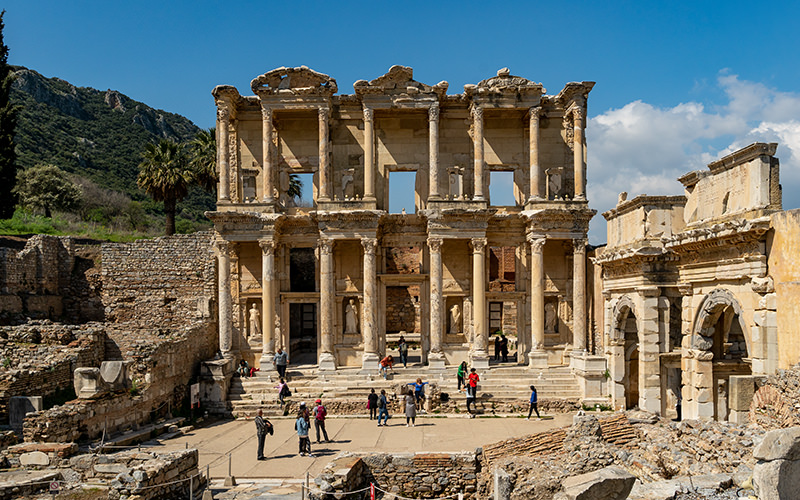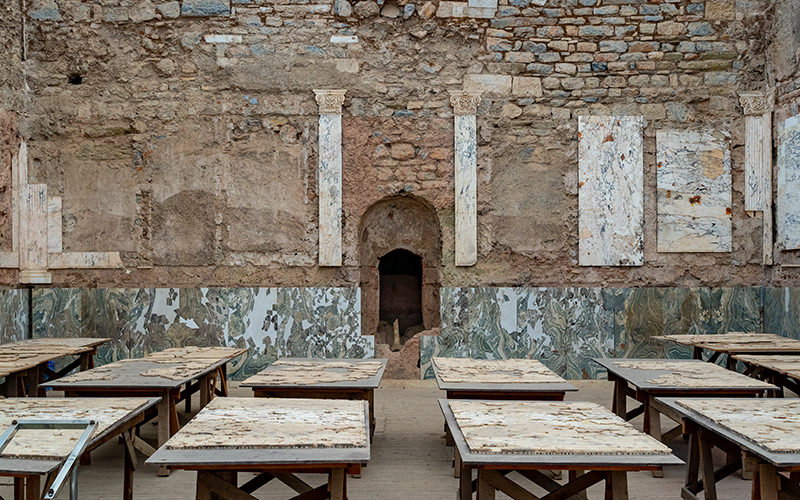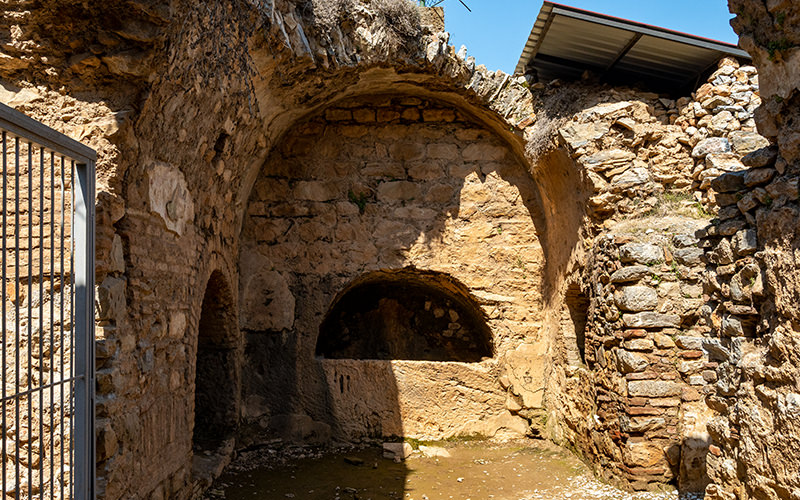This spring, I embarked on a fascinating journey: my route led from the Turkish Istanbul to the marvelous ancient city of Ephesus. Today, only ruins remain of this settlement, but having visited here, I can say that it is one of the most interesting landmarks I have seen in my entire life.




Travel route
A vast open-air museum is located near the town of Selcuk. Selcuk, in turn, is situated 80 kilometers from the larger city of Izmir, where I stayed. My flight from Istanbul arrived here at 8:40 in the morning, and I decided to go for a walk in Ephesus immediately, without checking into the hotel.
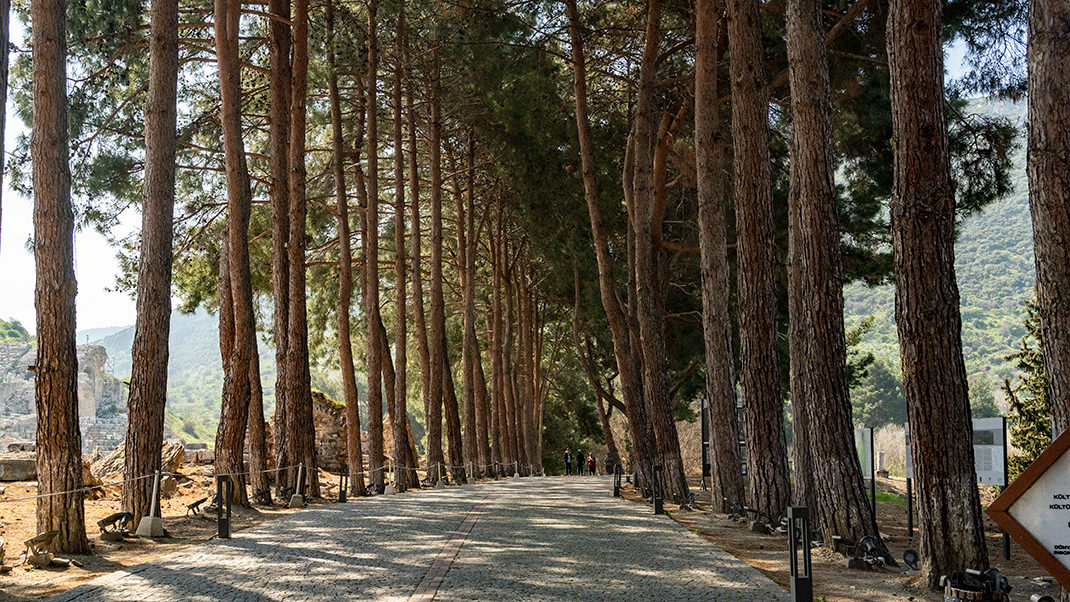
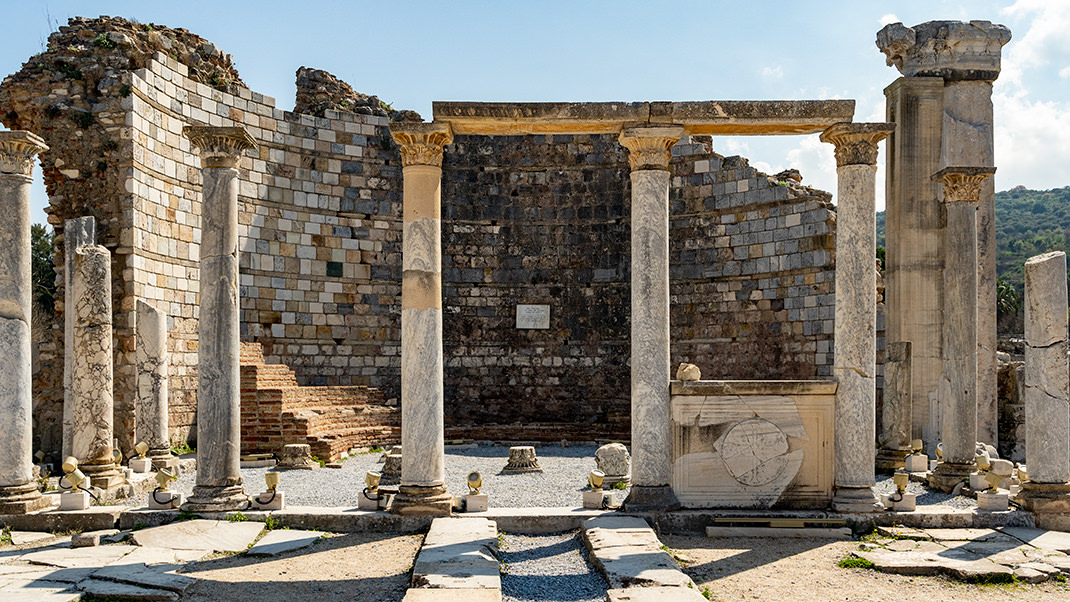
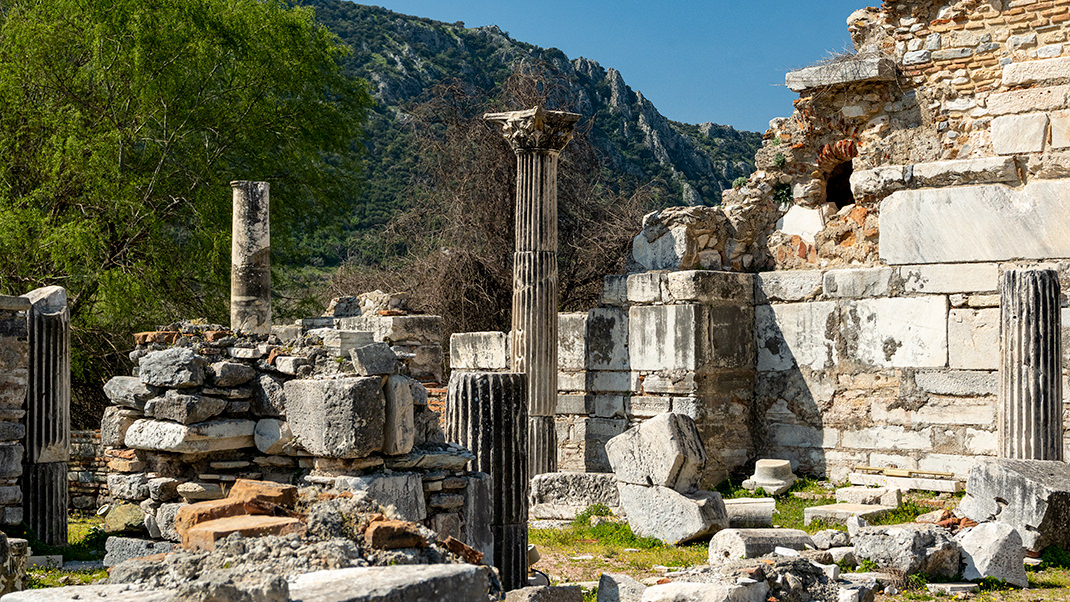
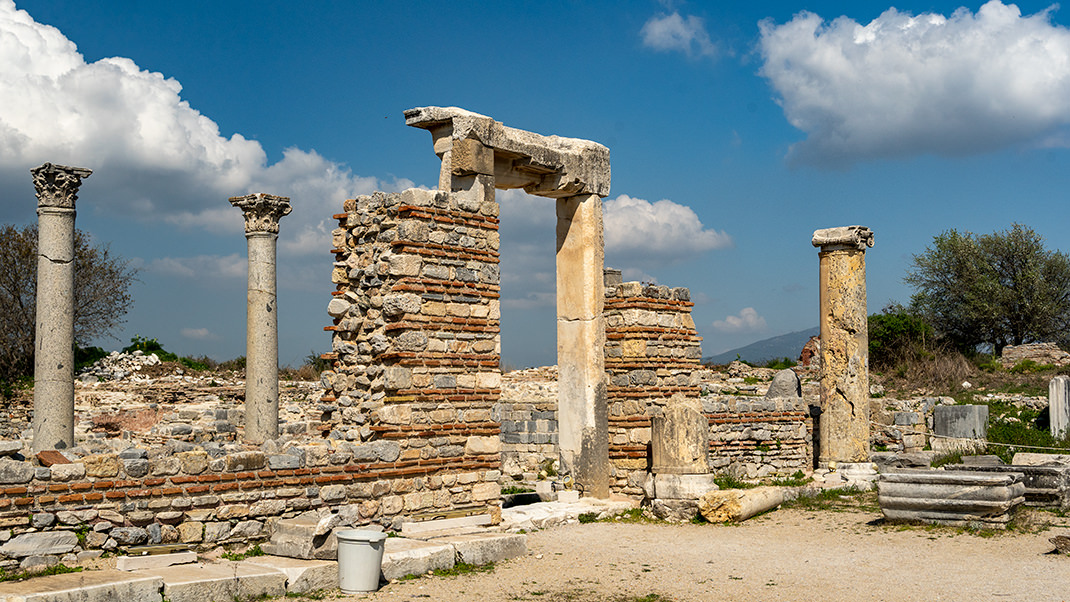
From Adnan Menderes Airport in Izmir to Selcuk, you can get there by train or bus. I chose the second option, and the fare was 140 lira (March 2023). On the way back, I learned that a ticket for the electric train would have cost me exactly five times less. To purchase tickets, you can use the E-Bilet app.
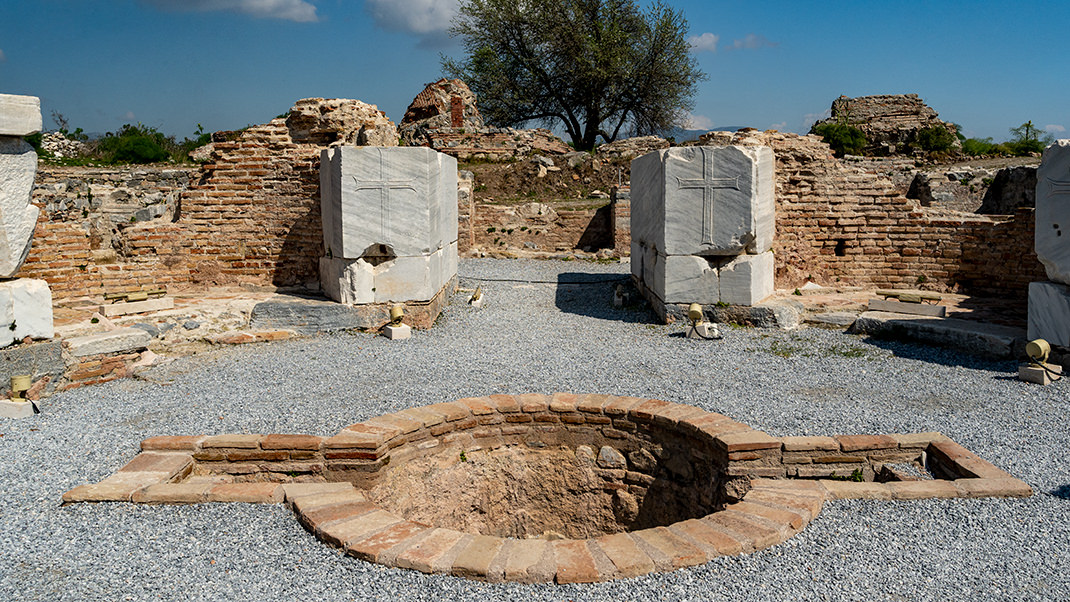
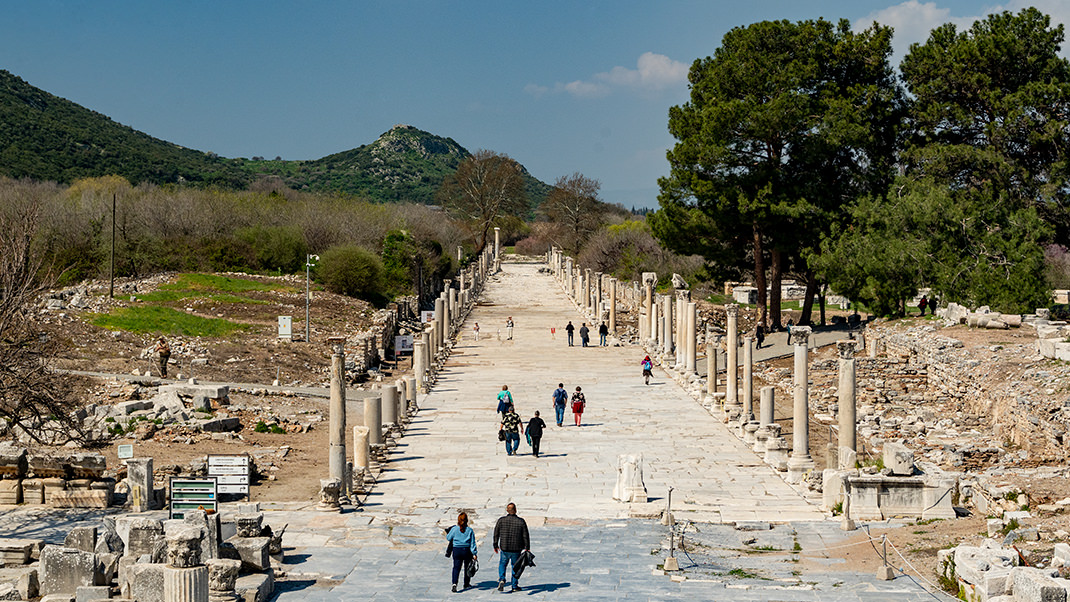
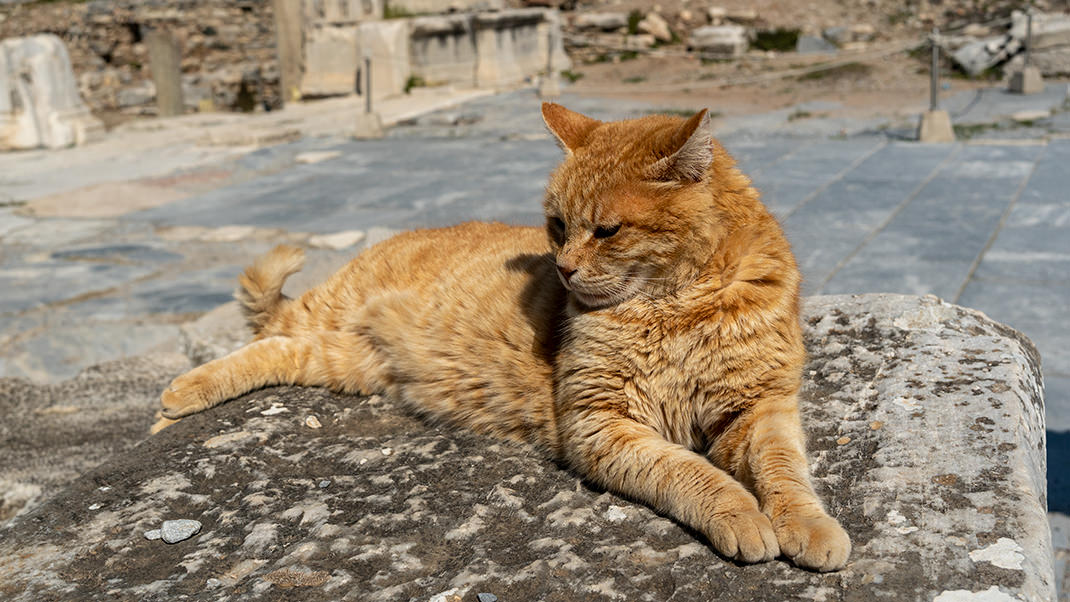
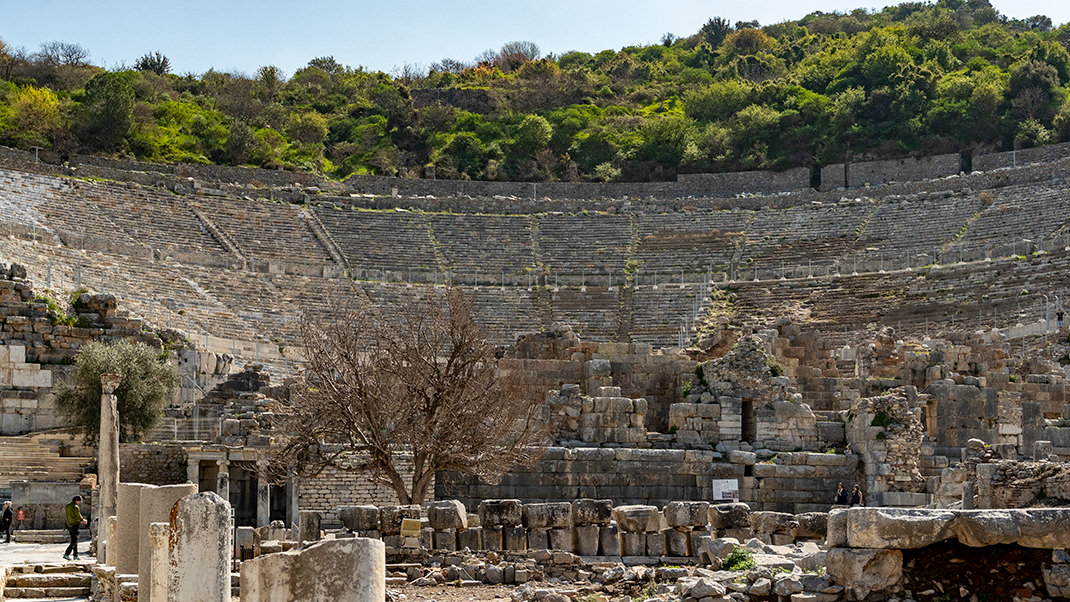
The bus makes a stop not far from the Selcuk bus station and continues its route. I decided to walk from here to Ephesus; the distance to the museum is three kilometers. Along the way, you can visit another unique site—the location where the Temple of Artemis, once listed as one of the Seven Wonders of the Ancient World, was situated. You can easily plan all routes using online maps.
The cost of visiting the ruins of Ephesus is 400 Turkish lira.
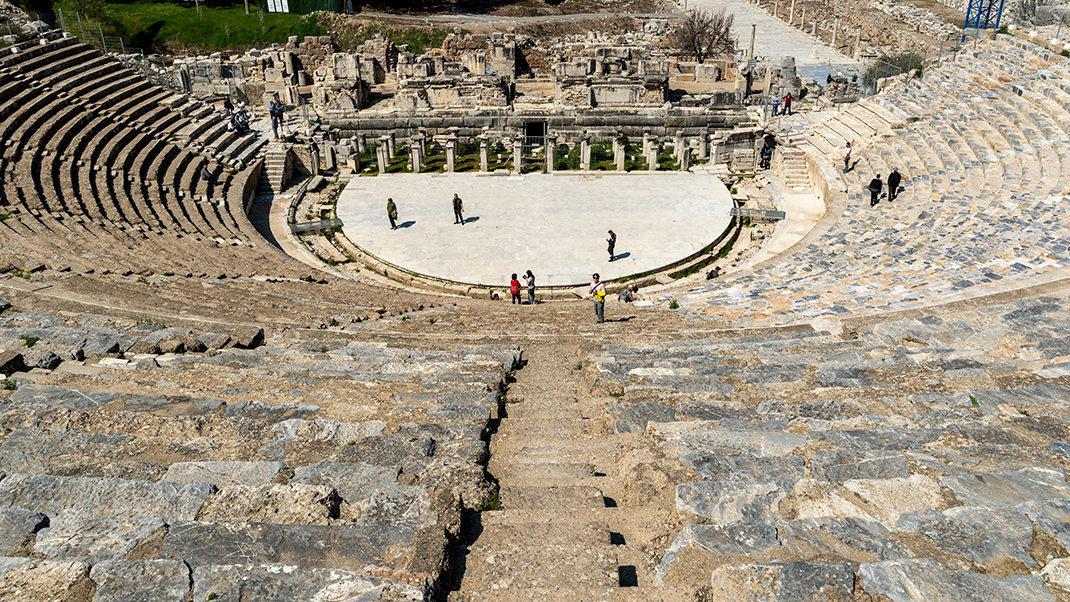
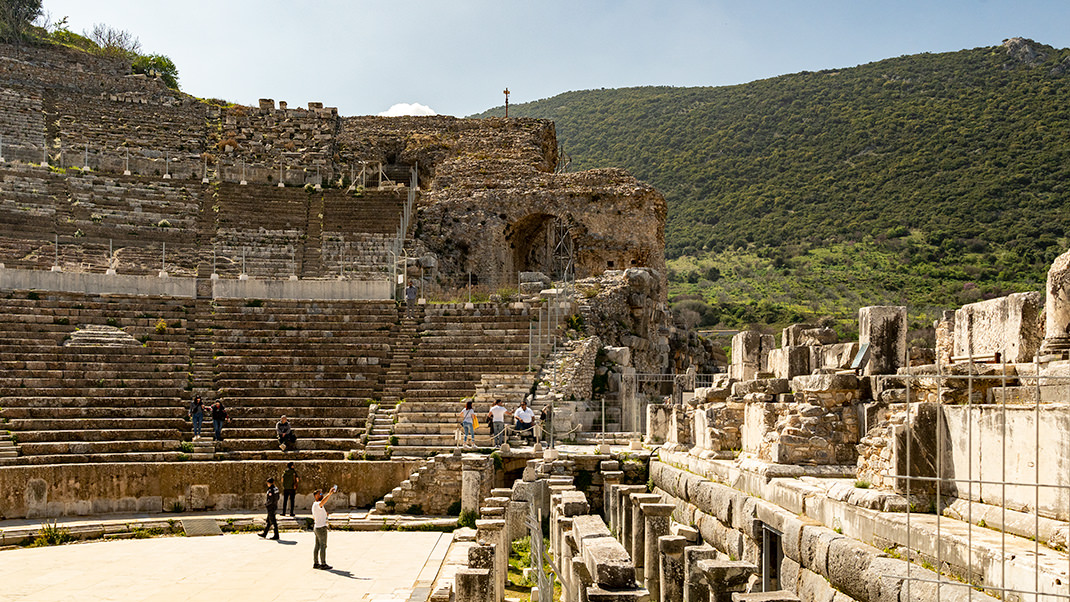
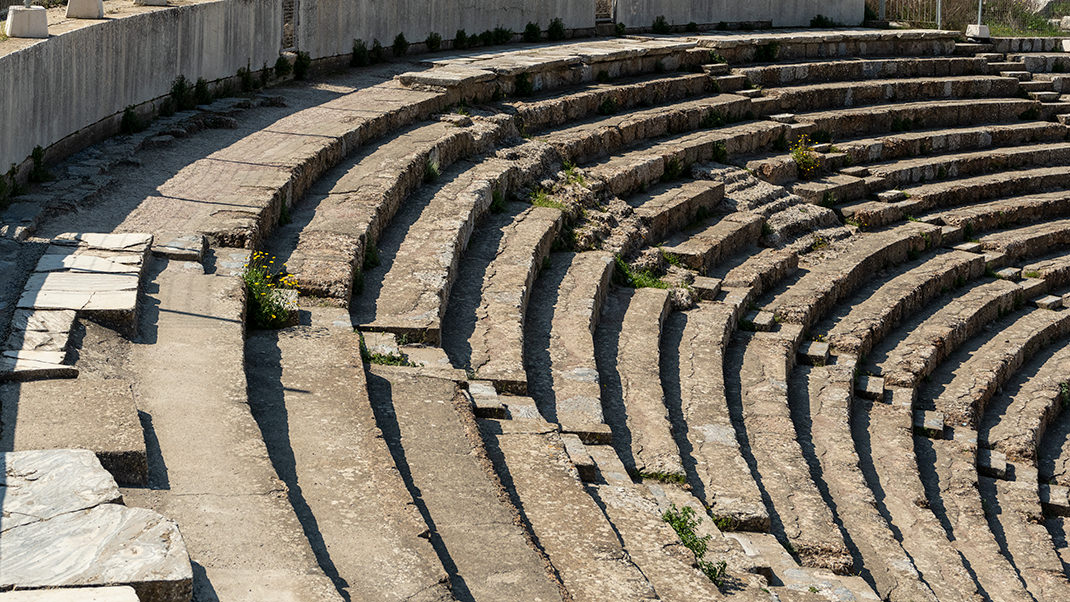
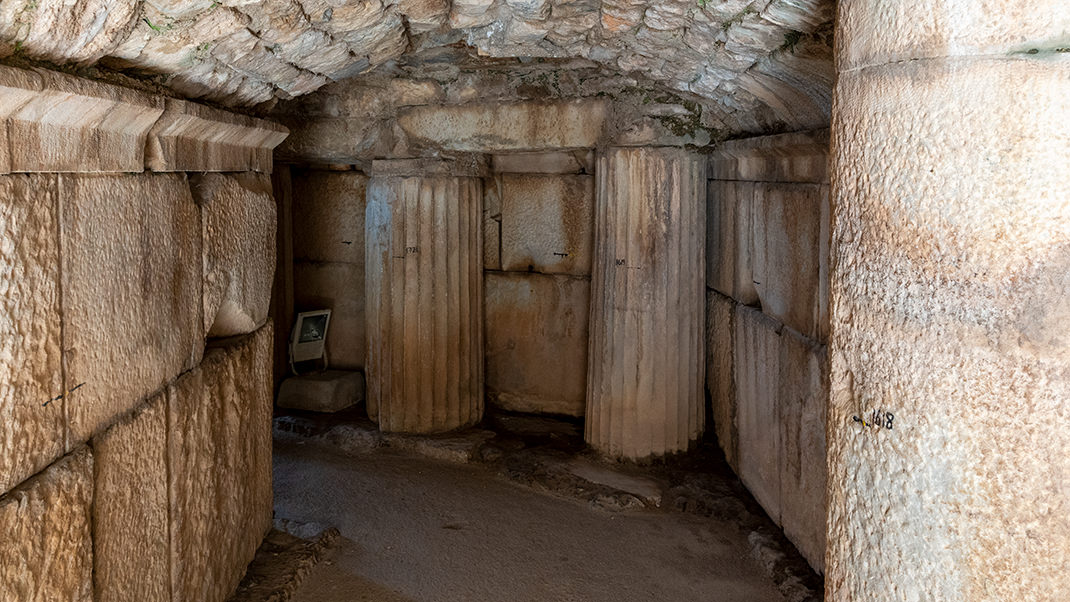
A bit of history
The ancient Greek city of Ephesus was once a major political, economic, and cultural center of the region. It is believed to have been founded in the second millennium BCE. In a book about ancient cities in Turkey, I found a mention that, according to the data from archaeologists excavating the site, the history of this settlement dates back to the sixth millennium BCE.
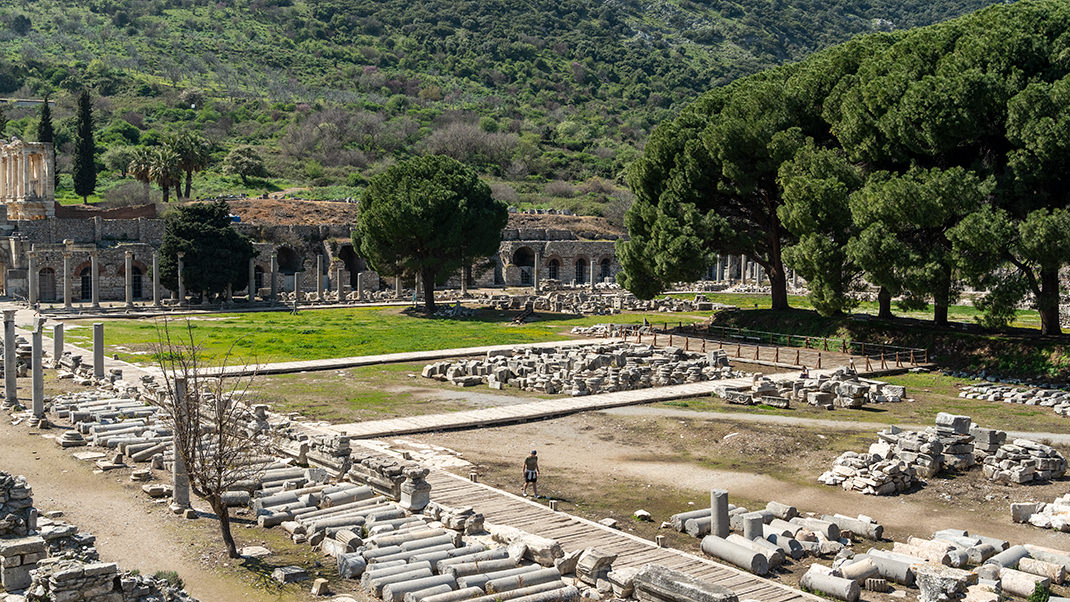
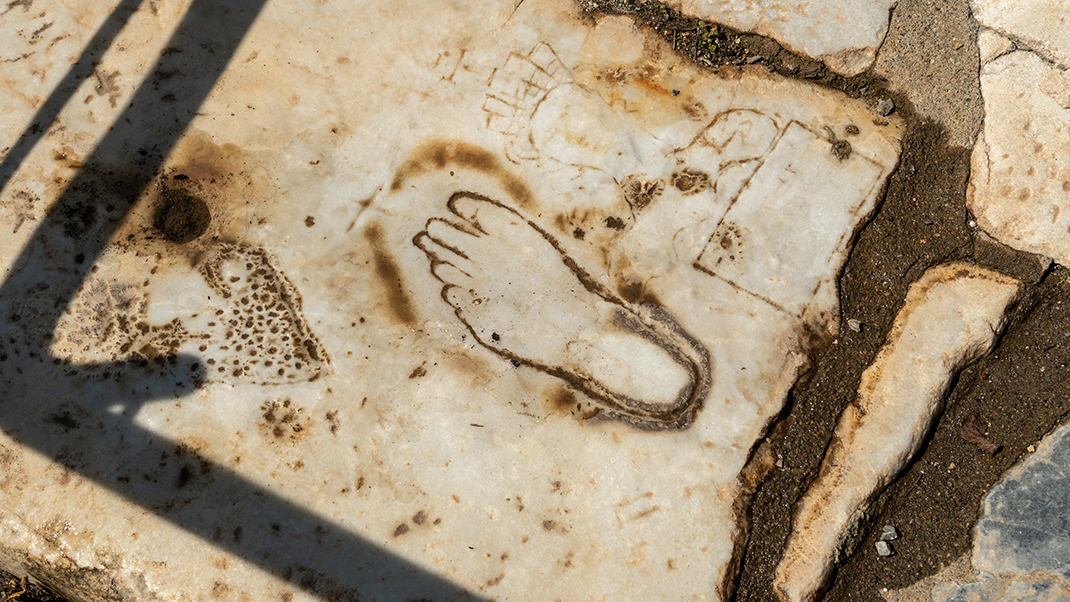
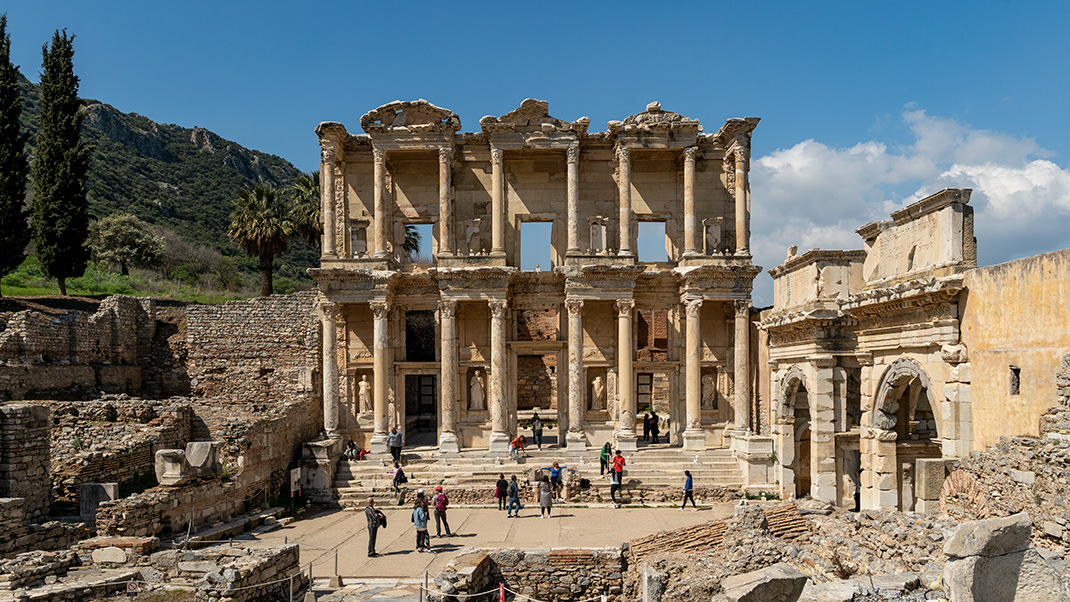
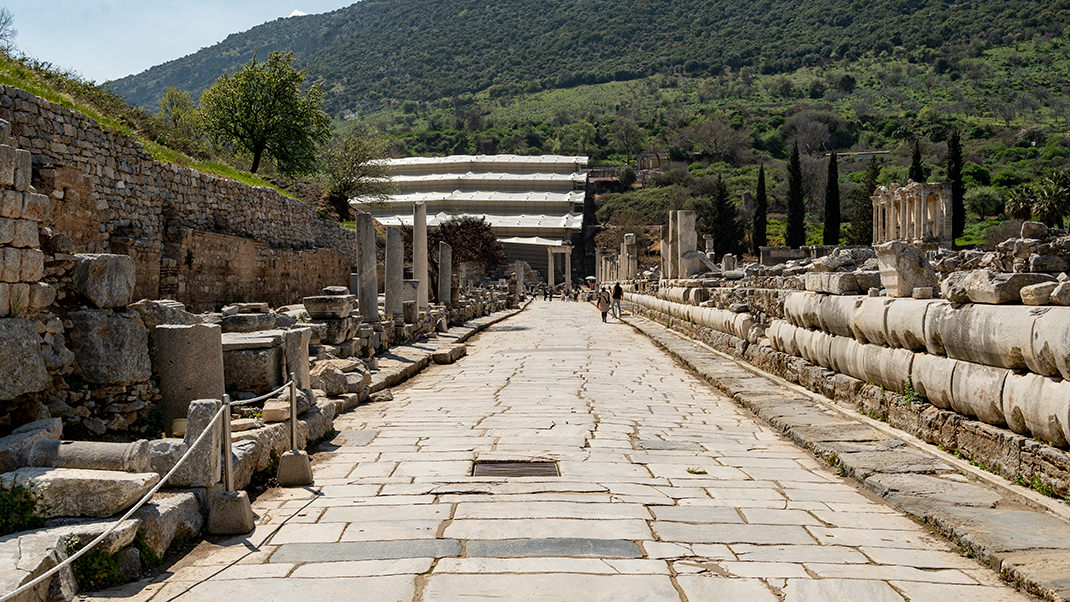
In the 1st century BCE, Ephesus came under the rule of the Roman Empire. Subsequently, one of the early Christian communities was established here. According to legend, the city is said to have been the final residence of John the Apostle and the Virgin Mary. Additionally, notable figures such as the philosopher Heraclitus and the Greek Herostratus, who committed arson at the Temple of Artemis in Ephesus, also lived here.

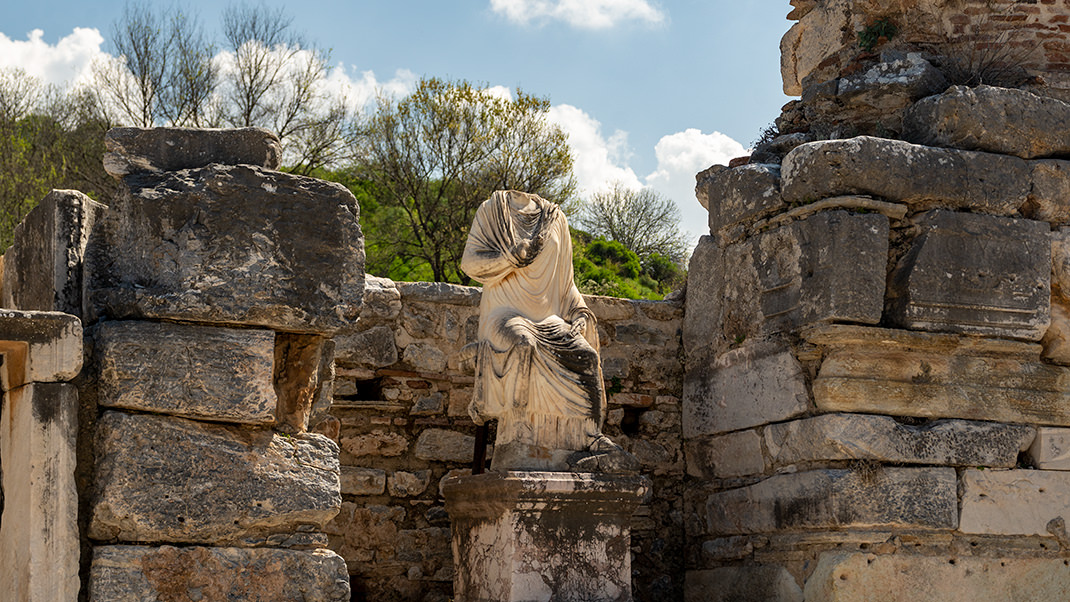
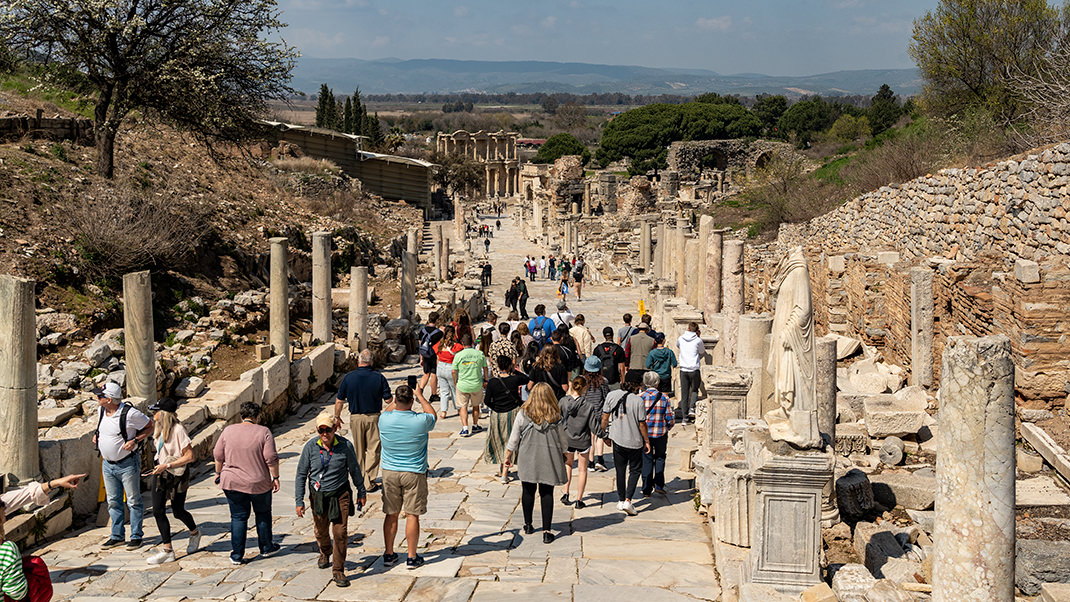

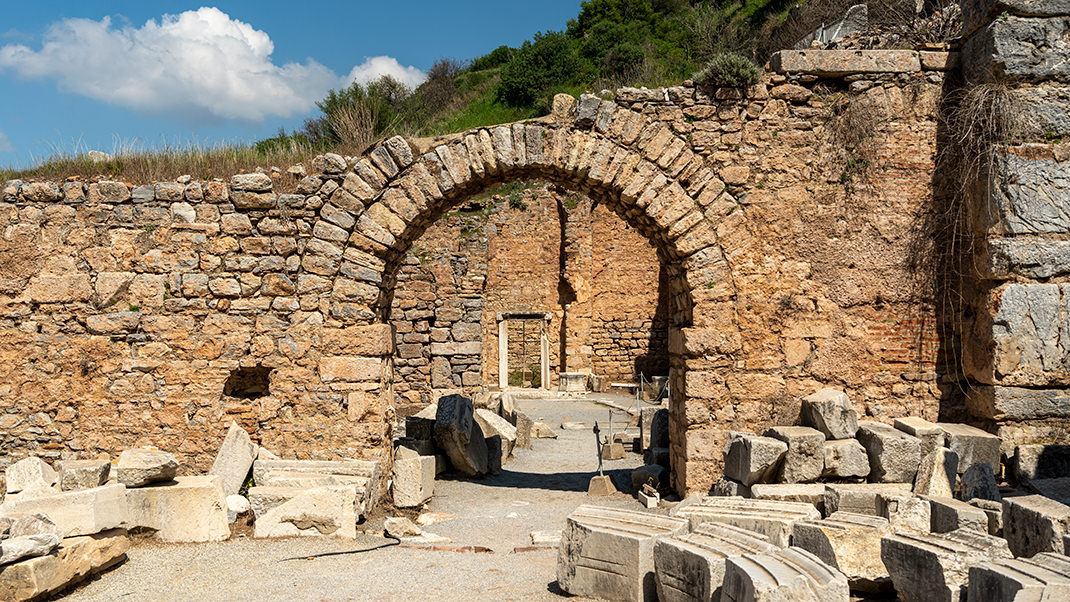
In the year 262, Ephesus was destroyed but later reconstructed. However, over time, life in the city dwindled. One of the reasons cited for this decline is the silting of the harbor near the settlement. During both Byzantine and Ottoman times, a small settlement persisted here, but it could not regain its former glory and influence.
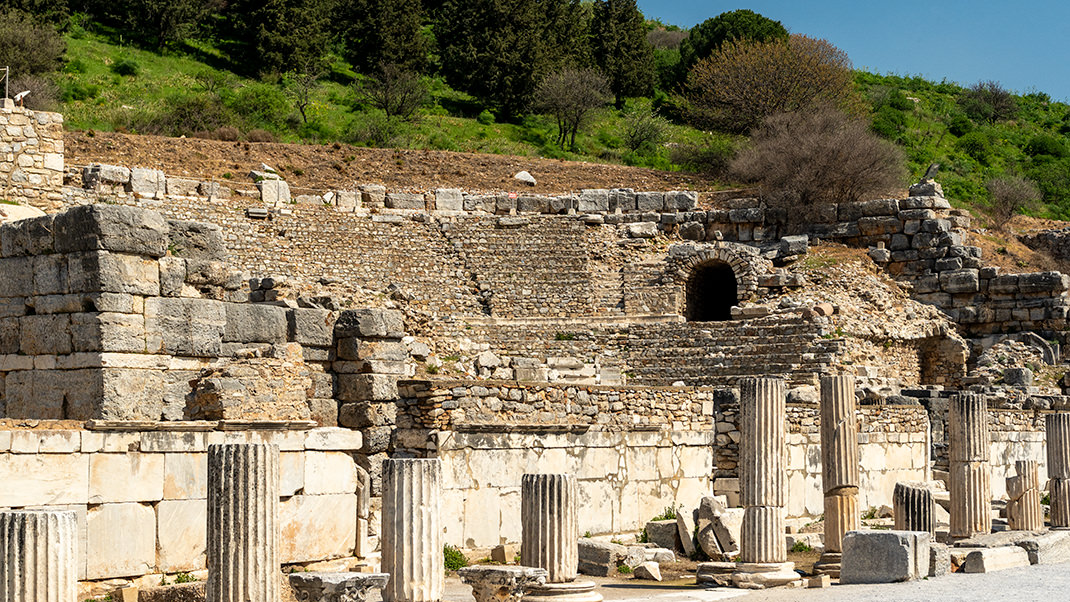
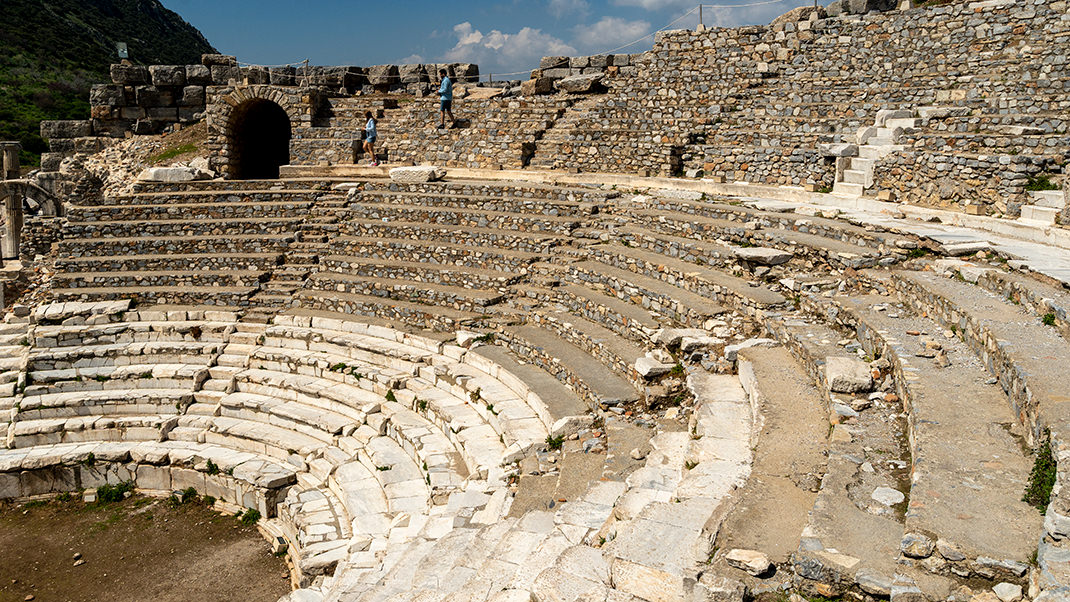
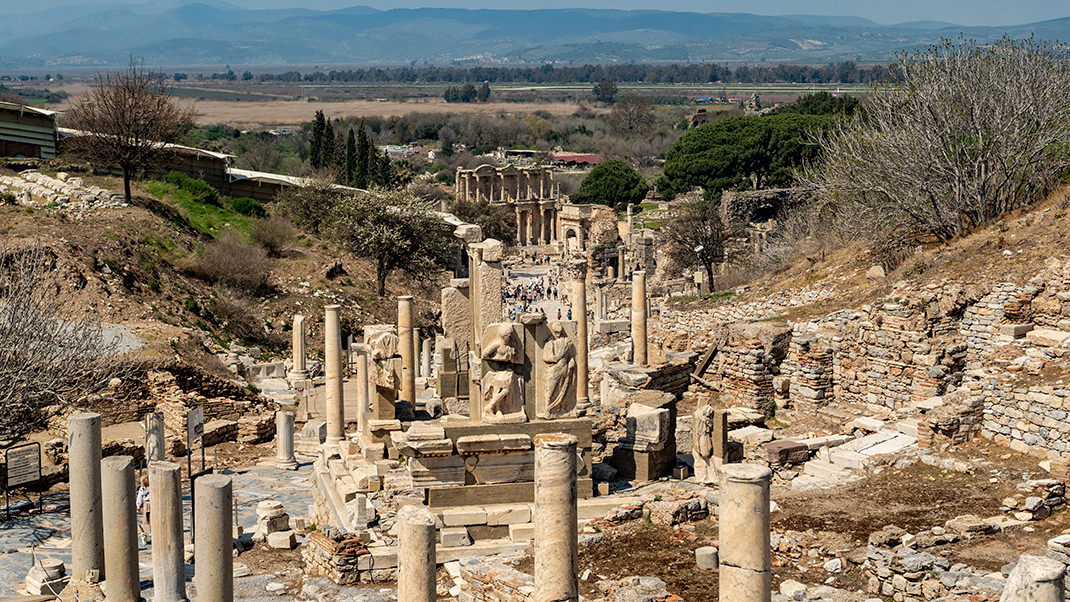

Excavations of Ephesus began in the second half of the 19th century. Today, around one and a half million tourists visit each year to witness the ruins of ancient architectural wonders. The city streets are home to numerous attractions, including a massive amphitheater with a capacity for 25,000 people, a marketplace, baths, gymnasiums, and temples. Of course, there are also residential houses, which I will dedicate a separate article to. I also want to delve into more detail about the ruins of the Library of Celsus – in my opinion, one of the most interesting landmarks in this extraordinary open-air museum. A story about this building awaits you in my next post.
Have a nice trip!
Ephesus: 1-Day Trip Budget (March 2023)
- Flight from Istanbul to Izmir and back: 1,453 lira
- Bus from Izmir Airport to Selcuk: 140 lira
- Entrance to the museum: 400 lira
- Visit to terrace houses (optional): 170 lira
- Train fare to Izmir: 28 lira
- Hotel in Izmir, 4 stars, 1 night for two: 2,400 lira
- Total: 4,591 lira





